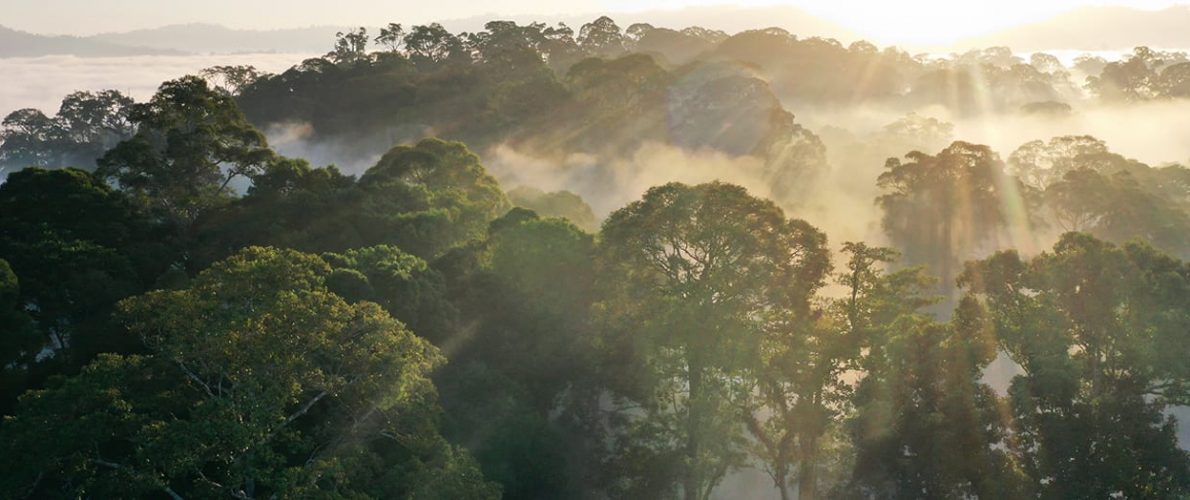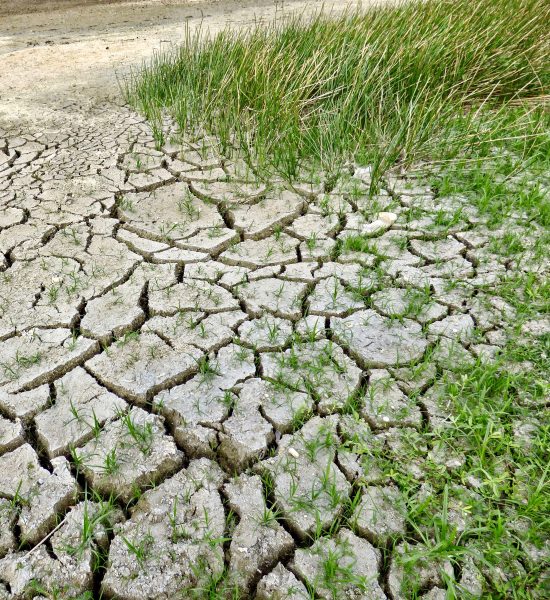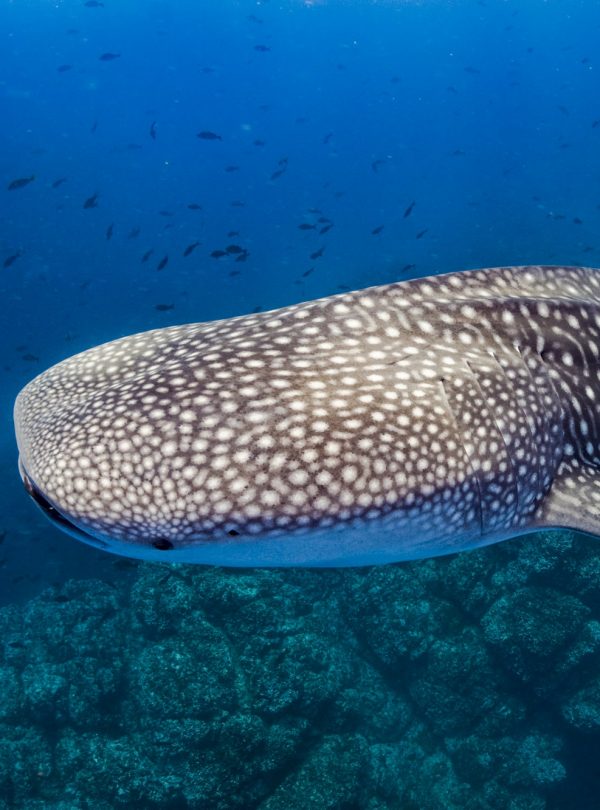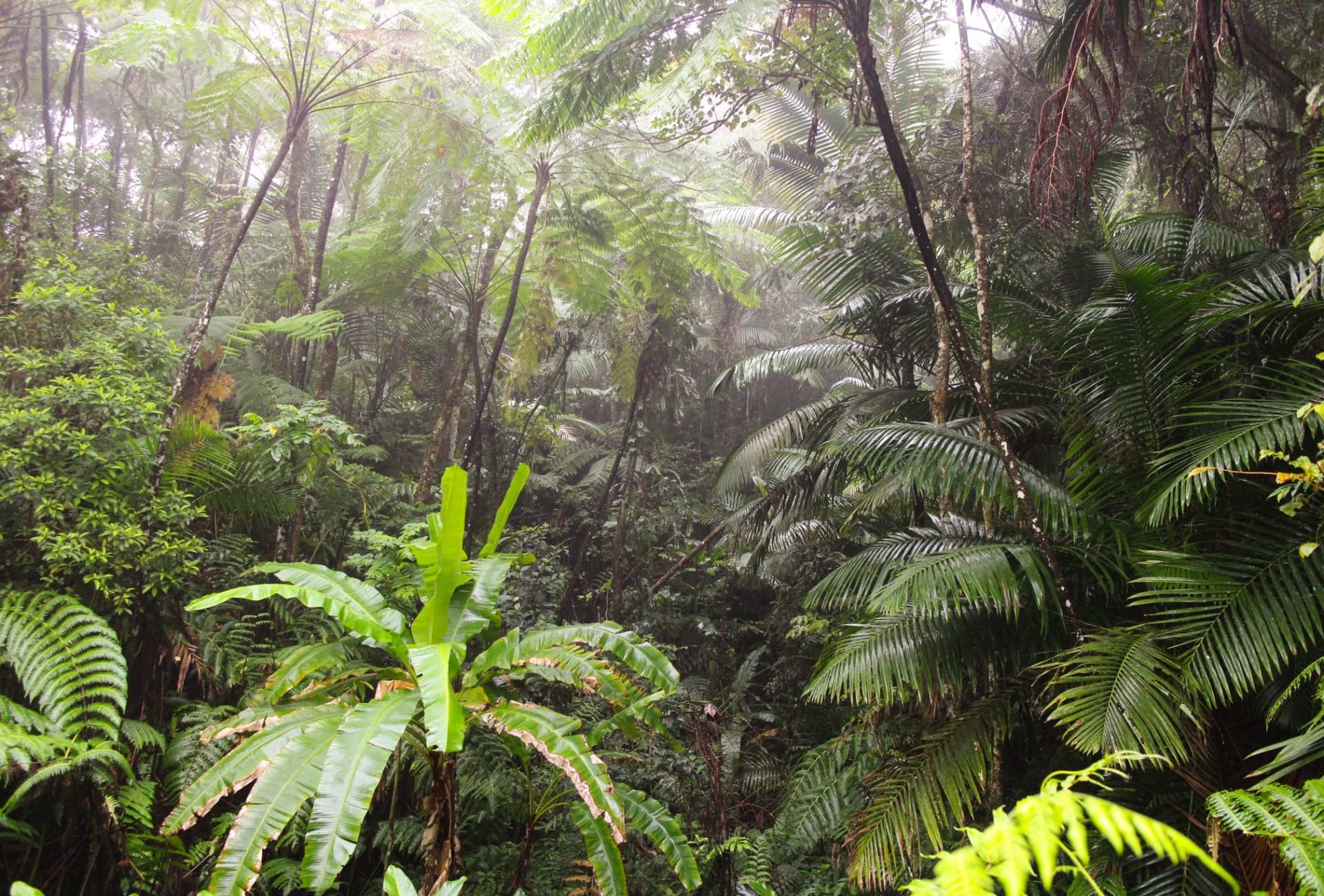
Help Protect Habitat and Save Amphibians in Puerto Rico
Support more work like thisSupport more work like thisWithin the last decade alone, climate change has severely threatened survival for Puerto Rico's amphibians.
-
Species at Risk
5 Species
-
Carbon stored
7,669 mT*
*(metric tons of CO2 equivalents) -
Partner
Para la Naturaleza (PLN)
-
47 Proposed Acres Conserved by
Purchase
-
Project Cost: $146,049
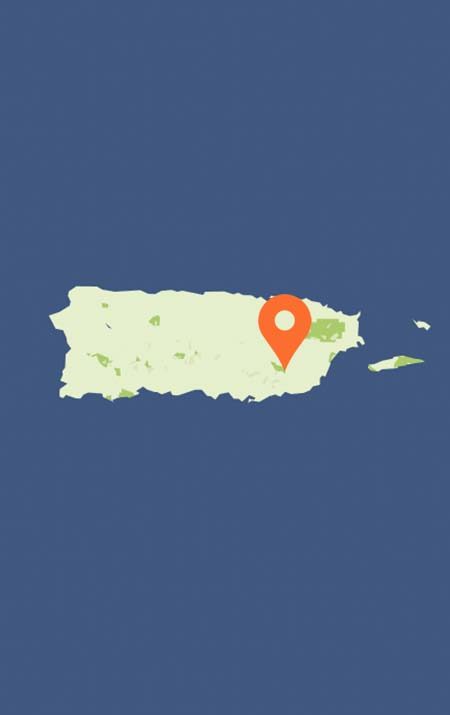
47
Within the last decade alone, climate change has severely threatened survival for Puerto Rico's amphibians.
-
Species at Risk
5 Species
-
Carbon stored
7,669 mT*
*(metric tons of CO2 equivalents) -
Partner
Para la Naturaleza (PLN)
-
47 Proposed Acres Conserved by
Purchase
-
Project Cost: £107,125

47
Save threatened amphibians in Puerto Rico
Climate change threatens the survival of Puerto Rico’s frogs. Within the last decade, climate change has increased drought, changing the natural environment these sensitive species rely on.
The lush high-altitude rainforests of Cerro La Torrecilla are one of the last safe places for the frogs. Among the highest peaks of Guadarraya Ridge in southeast Puerto Rico, this habitat’s climate, soil and elevation conditions create a rich landscape for species to thrive. It is also one of the only places on Earth where Richmond’s Coqui (CR), Melodius Coqui (CR), and Cave Coqui (VU) can be found together.
Rainforest Trust and our local partner, Para la Naturaleza , are working to safeguard this critical habitat through a 47-acre expansion to the Marín Alto Natural Protected Area, increasing the total size to 276 acres.
Did you know?
species have been identified in the project site.
Explore Puerto Rico
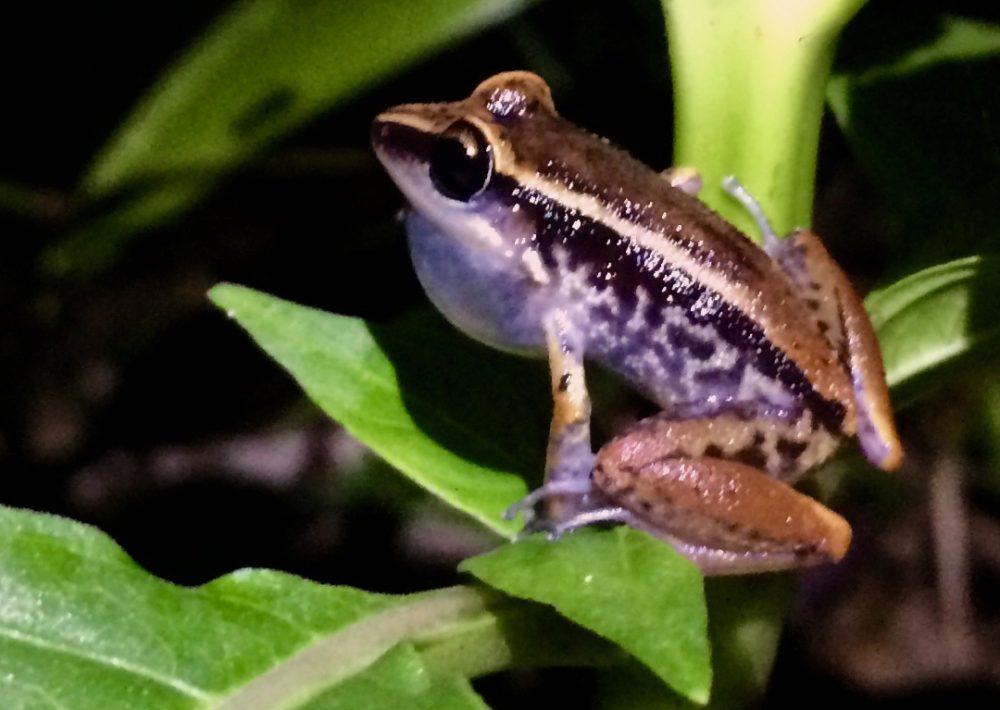
Richmond's Coqui, by PLN
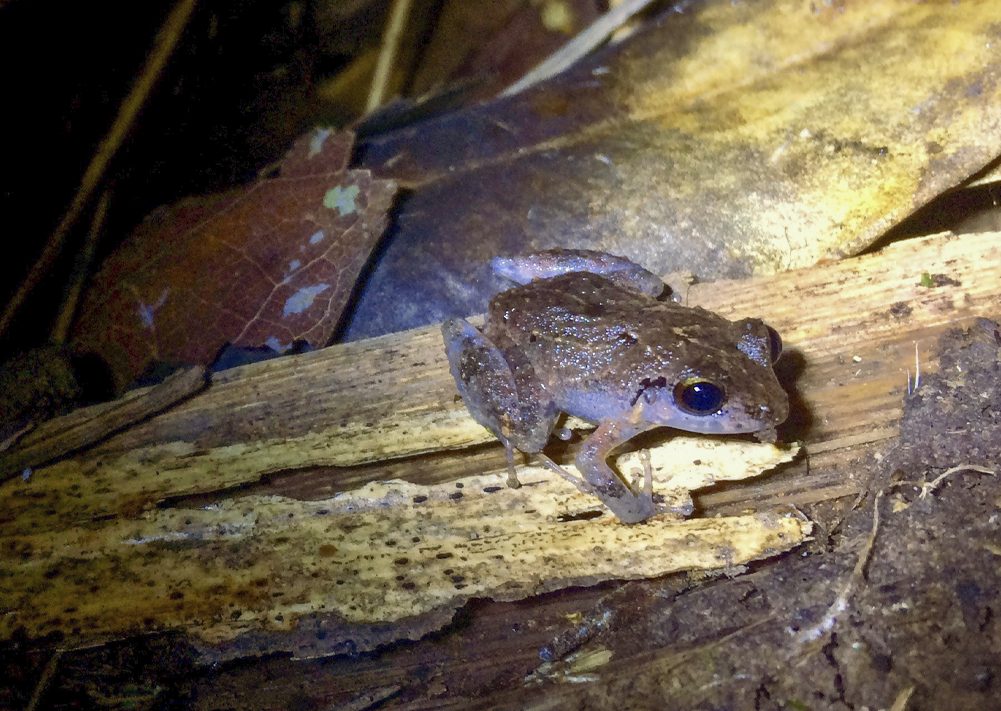
The Melodius Coqui, by PLN
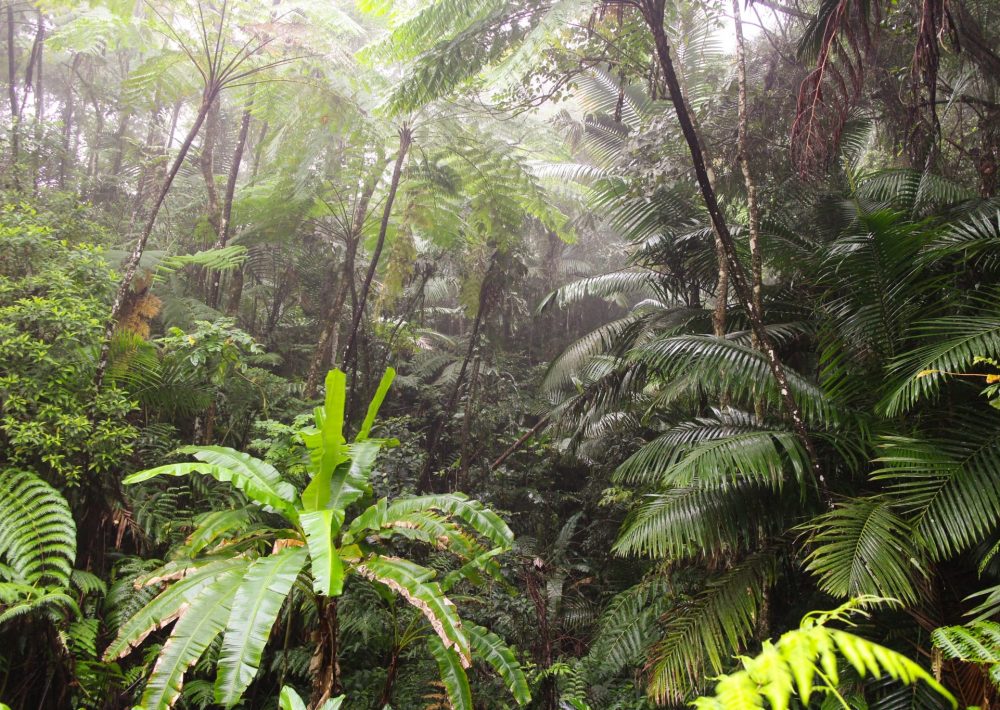
Sierra Palm Forest in Puerto Rico
Protect rare biodiversity
The potential project site is within the Sierra de Pandura Key Biodiversity Area, home to native threatened trees like the Eugenia haematocarpa (EN) and Coccoloba rugosa (EN), shrubs, ferns, bromeliads and orchids.
A total of 174 species have been identified in the project site, including 22 birds, 7 amphibians, 6 reptiles, 10 invertebrates and 129 plants.
The endemic Cave Coqui (VU) is also native to these forests, mostly confined to the southeast of the island where it inhabits small caves. The frog’s native name “guajón,” is derived from these rock formations, and is nicknamed “demon of Puerto Rico” because of its eerie call and phantom-like appearance.
Create a migration corridor
The potential project site would bolster protection to the Cerro La Torrecilla, and ensure connectivity for amphibians like the Richmond’s Coqui, Melodious Coqui and Cave Coqui to access habitats between lower and high elevations, providing safe habitat for predicted climate change migrations.
The expansion will also maintain forest cover and secure the headwater of Patillas River, one of the most important water supply sources in southeastern Puerto Rico.
The long-term management plan will include biodiversity research and monitoring of threatened amphibians, and reintroduction of threatened tree populations.
